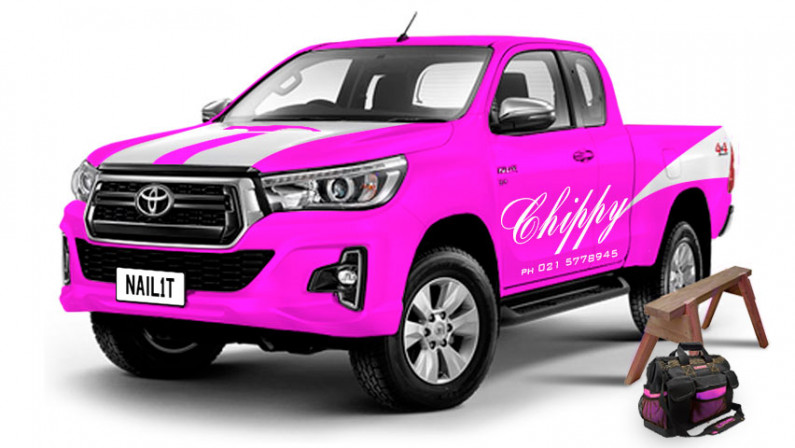How do I make my branding really stand out?

Modern technology is truly wonderful. These days anybody can create a business card or brochure and get it printed, set up a website or online presence, write social media posts and develop a ‘brand’ for themselves or their business.
The hardest part is getting noticed through all the ‘visual noise’ generated by other people doing just the same thing. If you’re trying to create a brand on a budget there are some key points you should consider:
- Do your homework. Consider the markets that your brand is designed to appeal to. What sort of imagery works for similar businesses? What doesn’t work? Certain elements are more appropriate to some markets than others. When was the last time you saw a nail salon shop frontage that featured a strong, sans-serif ‘industrial’ typeface? How about a hot pink, fully-pimped, builder’s ute with the company details in a ‘feminine’ script? (Note – in fact this would prove to be a real ‘point of difference’ and attention-grabber if the builder in question was a woman.)
- Be original. As pointed out in the headline, the aim is to make your brand stand out from the competition. Be aware of current design trends, but don't be ‘faddy’. Strive for something that is timeless. That is, unless your plans include becoming a large corporation with the resources to completely rebrand to the latest styles every five years or so.
- Be unique. Sure, there are websites where you can download a tastefully-executed generic logo image which may seem to relate to your business activity. They might even come in a colourway that appeals to you. Type in your company name in the pre-selected font and hey presto! Instant logo! Instant business cards! And instant brand collateral! Just remember the competition down the road, or even in the next town or city, could be doing exactly the same thing. I thought you said you wanted your brand to stand out?
- Tell your brand story. Humans are natural storytellers and discovering stories, myths and legends has entertained mankind for centuries. So show prospective customers what makes you unique.
- Start as you mean to go on. Branding collateral is expensive. This means that people often prioritise their branding needs and produce material as they need it. This is a logical approach, however it also pays to be mindful of how your brand will appear in future collateral. What works in one medium may not work in another, and you don't want to have to make compromises or modify your brand down the track so that it works in both instances.
- Be consistent. Consider the language and imagery that accompany your brand. If key elements are too complex for some applications, simplify things until you have something that works across the board. Explore your brand colours to see what works in different media as some colours work better on screen than in print or signage applications.
- Decide which Social Media platforms are appropriate. If your business provides a service or products to other businesses, a Facebook page isn’t going to do a lot for your brand. You’d be better promoting yourself on LinkedIn, which is a professional networking platform designed for Individual to Business or Business to Business (B2B) communications. On the other hand, if you’re running a gym or café and you’re looking to build an online community, Facebook and Instagram would be the best choice.
- Register your Domain Name. Now. One of the first things you should do is consider and register an appropriate domain name (or domain names) for your business. This doesn’t cost much and, even if you only use it for email, using your unique domain name is far more credible and professional than using a generic gmail account. Your domain name should be easy to remember. It should also clearly say something about the service that you provide, as this will improve your chances of being found in an online search.
- Develop a website. At some stage a website will need to be developed for your business. It’s a simple fact of modern life that if you don't have a website as the hub of your online presence, you don’t exist. Apply the elements of your brand to your website template. Don’t go with a generic provider's default address (mybusiness.genericprovider.com). It might be free, but it lacks credibility and you should be giving some thought to the domain name that you choose. As mentioned above, registering your own domain name is not expensive. After all, this is your online ‘shop window’.
- Listen to potential customers. Your brand might make perfect sense to you, but if potential customers can't relate to it it's not going to create much of an impression.
- Use your time wisely. As a start-up or small business, you want to keep expenses to a minimum. We get that. But before you embark on your brand project, consider how much time it's going to take out of your working day. Is researching and working on elements of your brand time well spent, or would your time be better spent building your business networks or working on actual projects for your clients? With the demands and distractions of running a new business branding can be put on the ‘back burner’ and left untended for weeks or months on end. Often briefing a brand professional and leaving them to get on with the job will result in a more complete and professional result, delivered on time.
